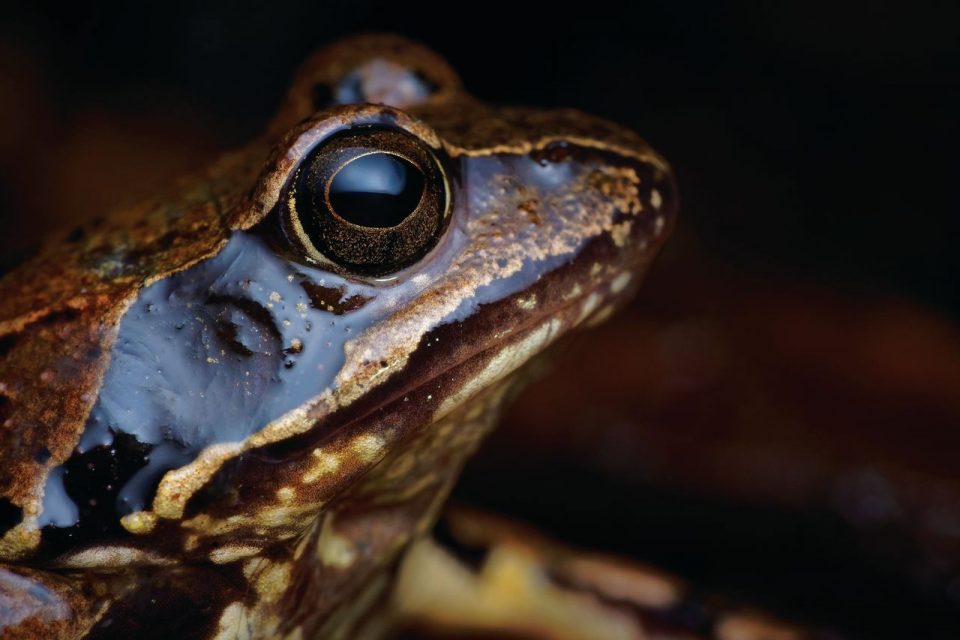Inbreeding and wild tigers at risk of extinction
As habitat fragmentation increases worldwide, wild animal populations are shrinking and becoming more isolated, thus facing a heightened risk of inbreeding and extinction. The extent to which the viability of small, isolated populations could be improved by purging deleterious alleles through natural selection is unclear. Anubhab Khan et al. analyzed whole-genome sequences from 57 wild Bengal tigers from either a small, isolated population or large, connected populations in India. The results revealed evidence of partial purging of highly detrimental variants across populations. However, the small, isolated population showed genomic signs of greater inbreeding and a higher overall frequency of deleterious alleles, compared with two large populations. On average, pairs of individuals from the small, isolated population shared approximately 40% of their genomes in tracts at least 1 megabase long, whereas pairs from the large, connected populations shared approximately 15–25% of their genomes. Together, the findings suggest that purging may not eliminate all detrimental alleles and inbreeding-associated fitness costs in small, isolated populations. According to the authors, the findings highlight the need for genetic rescue strategies that enhance the fitness of inbred populations by decreasing the frequency of harmful mutations and increasing genetic variation. — J.W.


